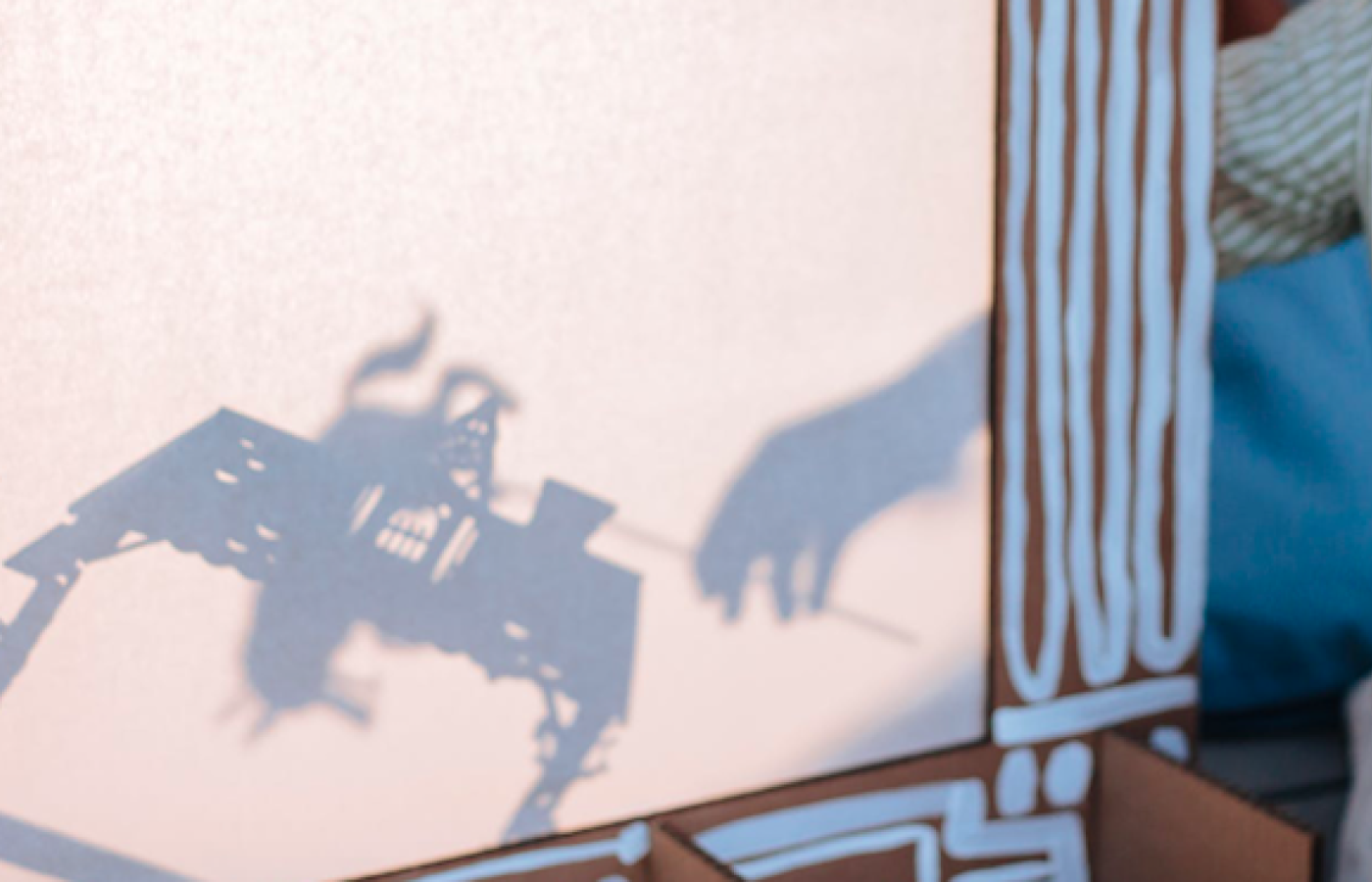Shadow stories

Shadow stories
Telling stories using shadows
Materials Required
- Bright torch
- Hands
- Blank wall or ceiling
- Any toys or objects
Puppets
Play experience profile
-
Ages:
-
Min Playtime15 - 30 Minutes
-
Energy LevelQuiet Play
-
Messiness Rating
-
EYLF Outcomes
Play Experience Preparation
Talk about a story or characters to use - Optional - make your own puppets on sticks with your child with cut out card on sticks.Experience Steps
- Position the torch so the beam of light is shining on the blank wall.
- Use hands and props in between the torch and wall to make different shapes, characters or animal shadows.
- Tell a story while projecting your shadow shapes on the wall.

What to talk about, or questions to ask during the experience
- Shadows
- Reflection
- Light
- Use stories that you know and make up new ones!
Build on this...
- Make a few simple puppets on sticks to use as props - maybe you could have your child draw your family
- Record the story on your phone and send it to a friend or family member.
- Explore the way light and shadows work, move hands closer or further from the torch to see how the shapes can change size.
- Create your own puppet theatre using a large cardboard box.
WHO guidelines for physical activity and sedentary behaviour
Provide evidence-based public health recommendations for children, adolescents and adults on physical activity.
Learn more
Provide evidence-based public health recommendations for children, adolescents and adults on physical activity. Learn more
Using body and large movements to explore how it changes shadows will add more physical activity to this play experience.
EYLF Outcomes
The Early Years Learning Framework has been designed for use by early childhood educators working in partnership with families, children’s first and most influential educators.
View PDF
The Early Years Learning Framework has been designed for use by early childhood educators working in partnership with families, children’s first and most influential educators. View PDF
- Children learn to interact in relation to others with care, empathy and respect
- Children respond to diversity with respect
- Children interact verbally and non-verbally with others for a range of purposes
EYLF Principle
Principle 4: Respect for diversity. Children are born belonging to a culture, which is not only influenced by traditional practices, heritage and ancestral knowledge, but also by the experiences, values and beliefs of individual families and communities. Respecting diversity means within the curriculum valuing and reflecting the practices, values and beliefs of families.
EYLF Practice
Practice: Learning through play. Play can expand children’s thinking and enhance their desire to know and to learn. In these ways play can promote positive dispositions towards learning. Children’s immersion in their play illustrates how play enables them to simply enjoy being.
Author:


